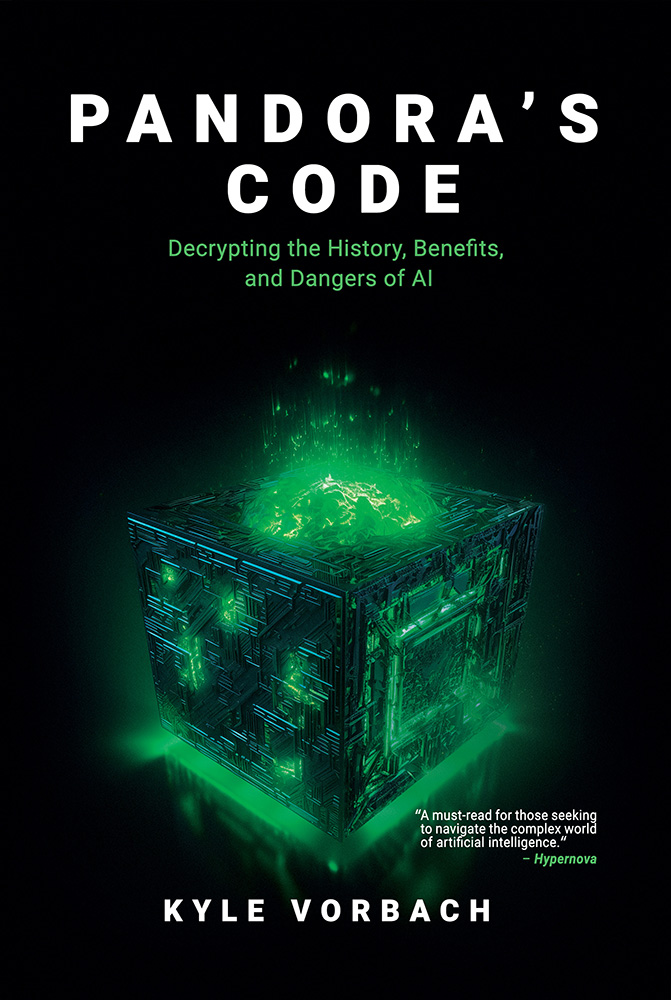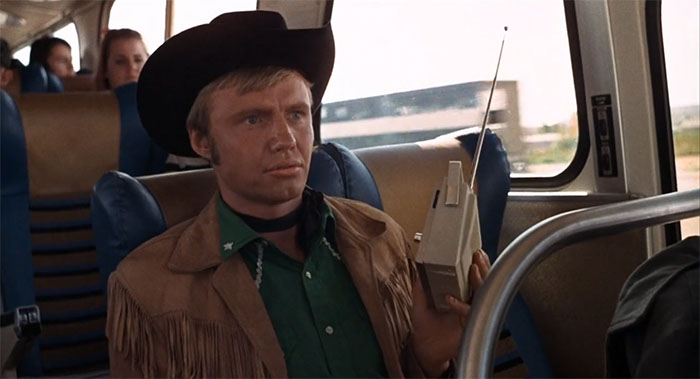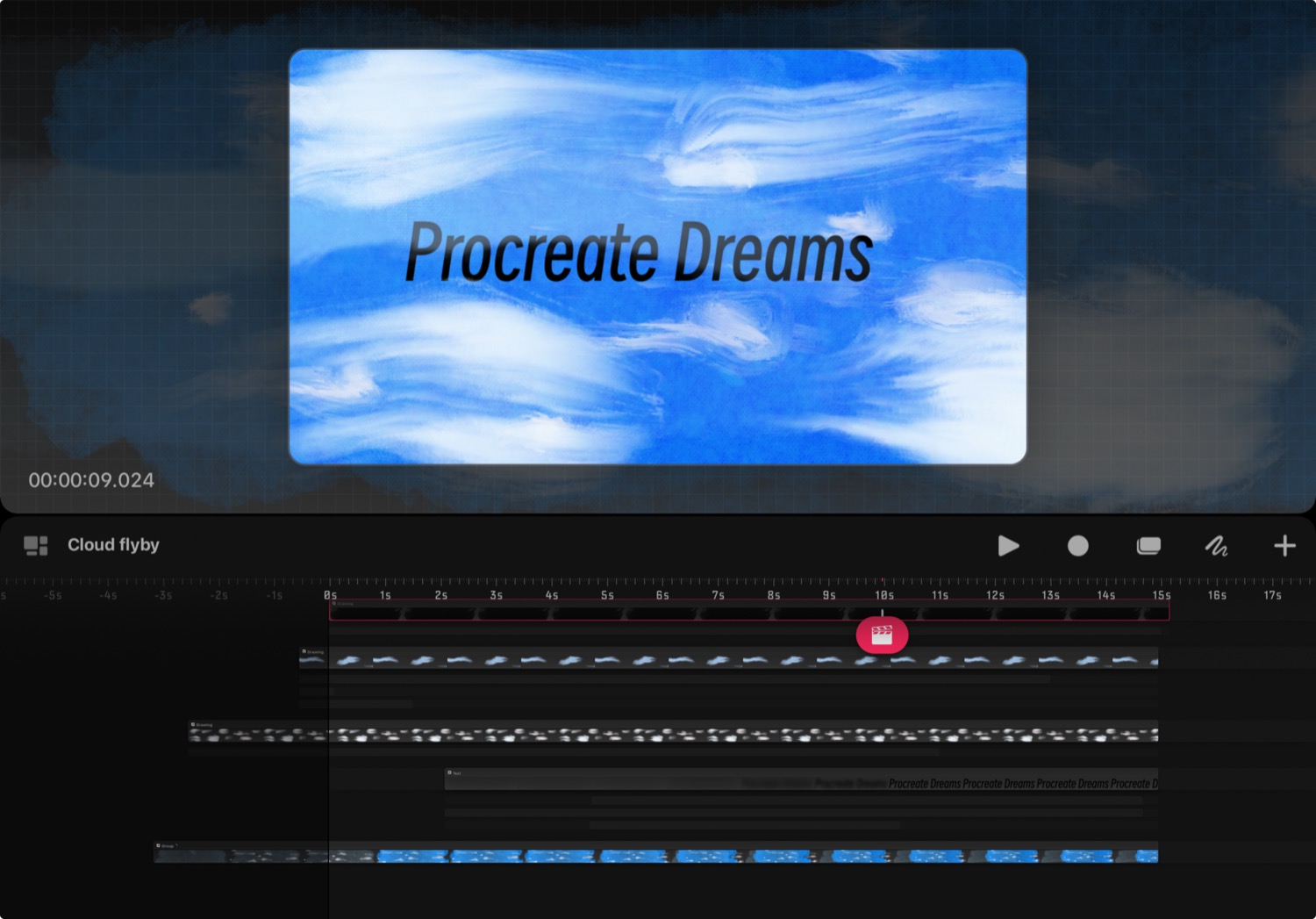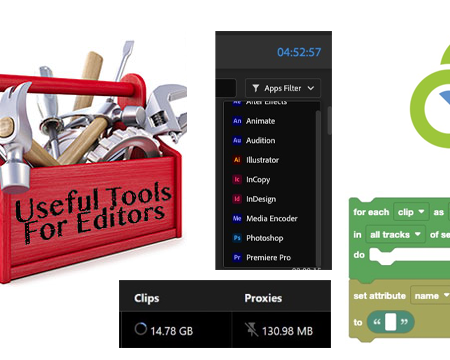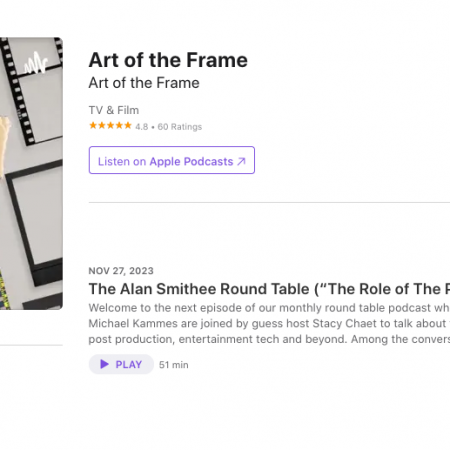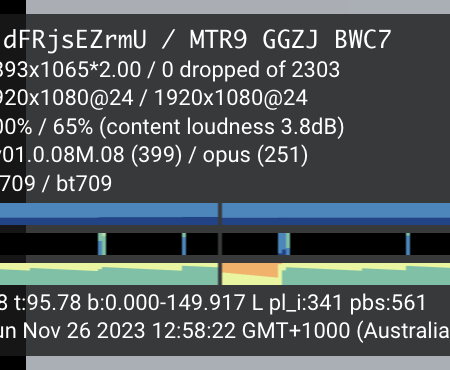MotionFrenzy interviewed Kyle Vorbach, an innovative filmmaker and author, known for his unique approach to blending traditional storytelling with the latest advances in technology. From his compelling short film “How I Faked My Life With AI” to his thought-provoking book “Pandora’s Code”, Kyle is truly at the forefront of exploring the intricate dance between cinema and technology.
MotionFrenzy: Kyle, thanks for joining us today. Can you share how you initially became interested in the intersection of filmmaking and artificial intelligence?
Kyle Vorbach: So, here’s the story: I wanted a new profile picture, but I thought, “Let’s see what happens if I use AI for this.” It was kinda fun and wild, seeing all the different things AI could do. As I played around with it more and more, I got really into it and started documenting the stuff I was doing. Before I knew it, all these clips and experiments turned into something bigger, and that’s how my short film, “How I Faked My Life With AI”, came about. The film was all about showing the ups and downs of using AI in real-life situations. It’s been a real journey from just wanting a profile pic to making a whole film about it!
MotionFrenzy: In “How I Faked My Life With AI”, what were the challenges you faced when integrating AI with traditional filmmaking?
Kyle Vorbach: Integrating AI was tricky. I wanted to make sure that while AI added cool elements to the film, it didn’t take away from the real, human side of the story. It was crucial to keep a balance so that the story remained relatable and didn’t just feel like a tech demo.
MotionFrenzy: How do you address the concerns some filmmakers have about losing the human touch in movies with the advent of AI?
Kyle Vorbach: That’s a conversation that surfaces often. I firmly believe that AI is a tool, an enabler, not a replacement. It provides us with capabilities we didn’t have before, but the essence of storytelling, the human emotions, and the nuances are irreplaceable. We should harness AI’s power to augment our stories, not dictate them.

MotionFrenzy: Can you share an unexpected way AI has influenced or aided the storytelling process in your work?
Kyle Vorbach: Certainly. In “Somewhere In Between”, a blockbuster-feeling narrative short I worked on, we incorporated generative AI in VFX for matte painting. The results were impressive. AI was able to generate realistic backgrounds that would’ve otherwise taken much longer to create. It became a testament to how AI can be subtly used to share the workload and leave humans to handle the creative aspects.
MotionFrenzy: How do you foresee the evolution of AI in independent filmmaking?
Kyle Vorbach: AI is democratizing filmmaking. I see a future where indie filmmakers can access tools and post-production techniques previously exclusive to big-budget films. AI bridges that gap, making high-quality filmmaking more accessible, and in turn, brings diverse stories to the forefront.
MotionFrenzy: Are there any AI technologies you’re keen to incorporate into your future projects?
Kyle Vorbach: Absolutely. I’m really stoked about the progress in AI-driven 3D scanning of locations and people. It’s like taking a snapshot of the real world and having the freedom to mold it digitally. Think about the time and cost savings in set construction or even the enhanced realism in virtual character integration. It’s another layer of magic in filmmaking that I’m eager to dive into.
MotionFrenzy: Shifting gears a bit, “Pandora’s Code” is an exploration into the ethics and implications of AI. What sparked the idea to delve into this topic in book form?
Kyle Vorbach: After wrapping up my AI video, there was just so much more I wanted to dive into. And honestly, I’ve always dreamt of writing a book, especially before turning 30. Merging my newfound interest in AI and that personal goal just clicked.
“Pandora’s Code” starts way back, linking our current AI ideas to old myths where humans first thought about creating life, like with the stories of Pygmalion’s Galatea and the Golem of Prague. The book also looks at the stuff AI can do today and the problems we might face because of it. It’s not just a technical rundown— it’s about how AI fits into our world. If you’ve had questions about AI or like reading about up-to-date topics, this book might be up your alley. I hope it gets people thinking like it did for me.
MotionFrenzy: Drawing from “Pandora’s Code”, do you find parallels between its ethical conundrums and the dilemmas faced in AI-driven filmmaking?
Kyle Vorbach: You know, when I looked around, a lot of the talk about AI seemed pretty extreme. Some folks were all hyped up, thinking AI is magic, while others were worried about robot takeovers and stuff. But I noticed that most people don’t really know the backstory of AI – how it came to be and how it actually works. In “Pandora’s Code”, I wanted to lay out that history and give people the whole picture. I dive into the cool moments in AI’s past, the big breakthroughs, and how we got to where we are now. At the same time, I talk about the exciting things AI can do today and also the stuff we should keep an eye on. My goal was to give folks a more down-to-earth, complete view of AI, so we all have a better understanding of it.


